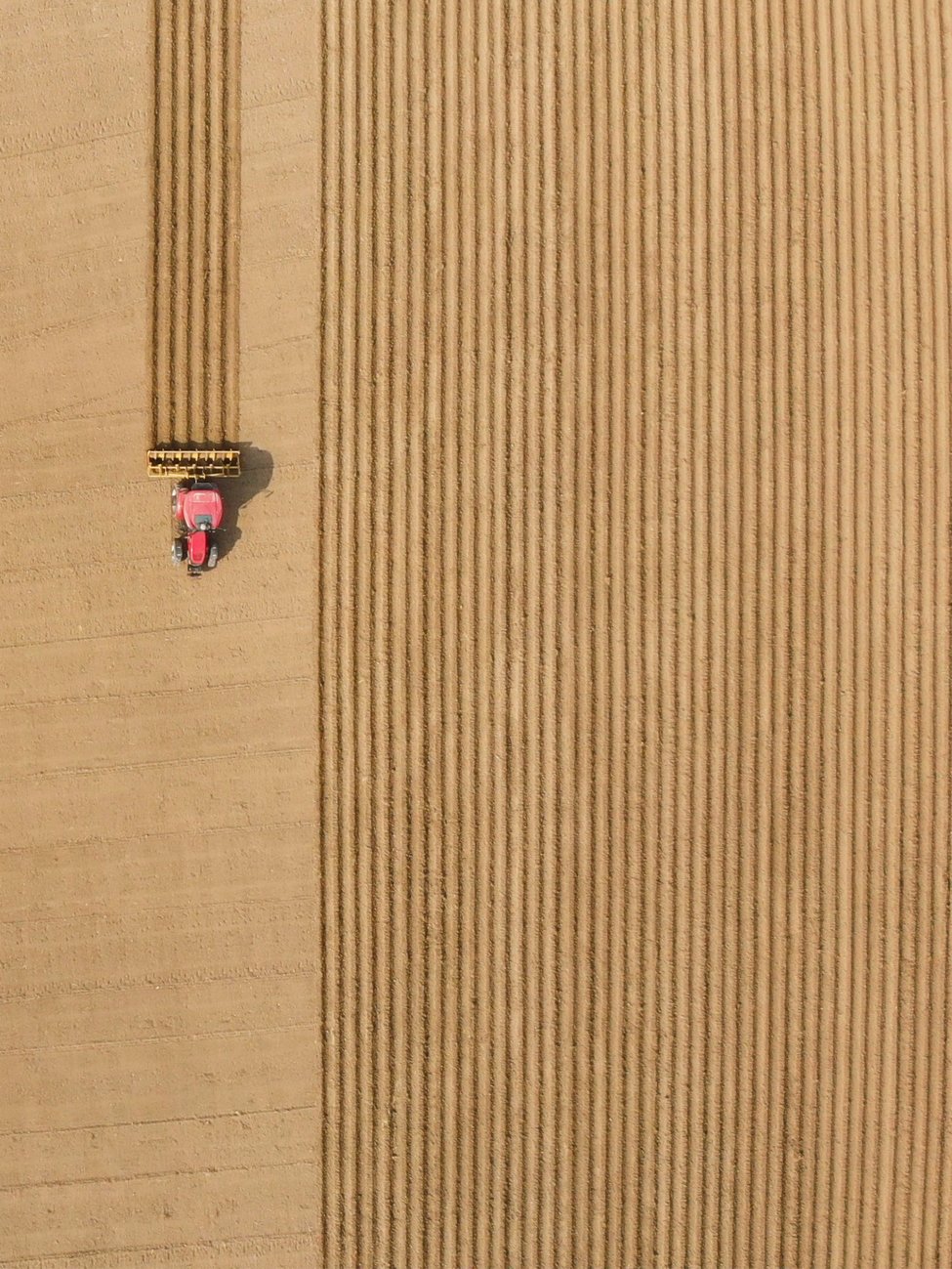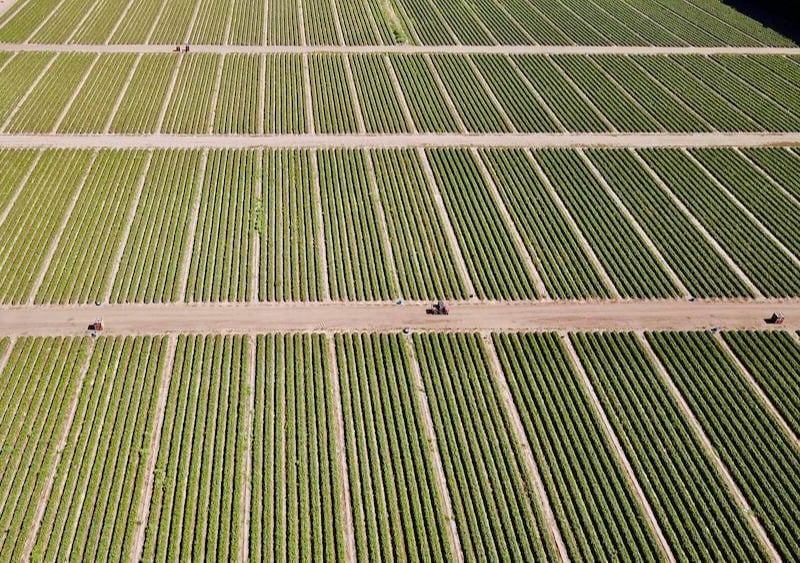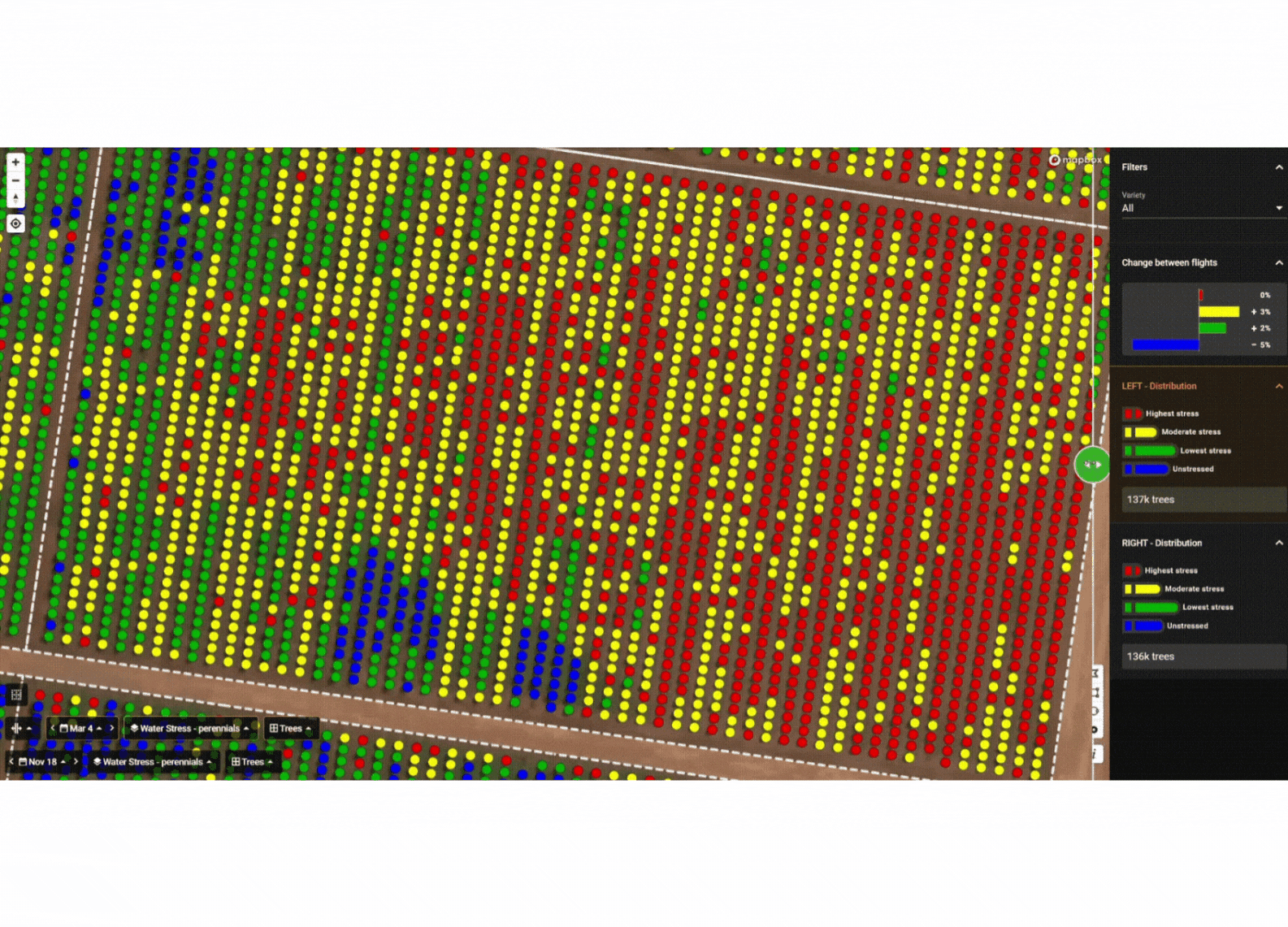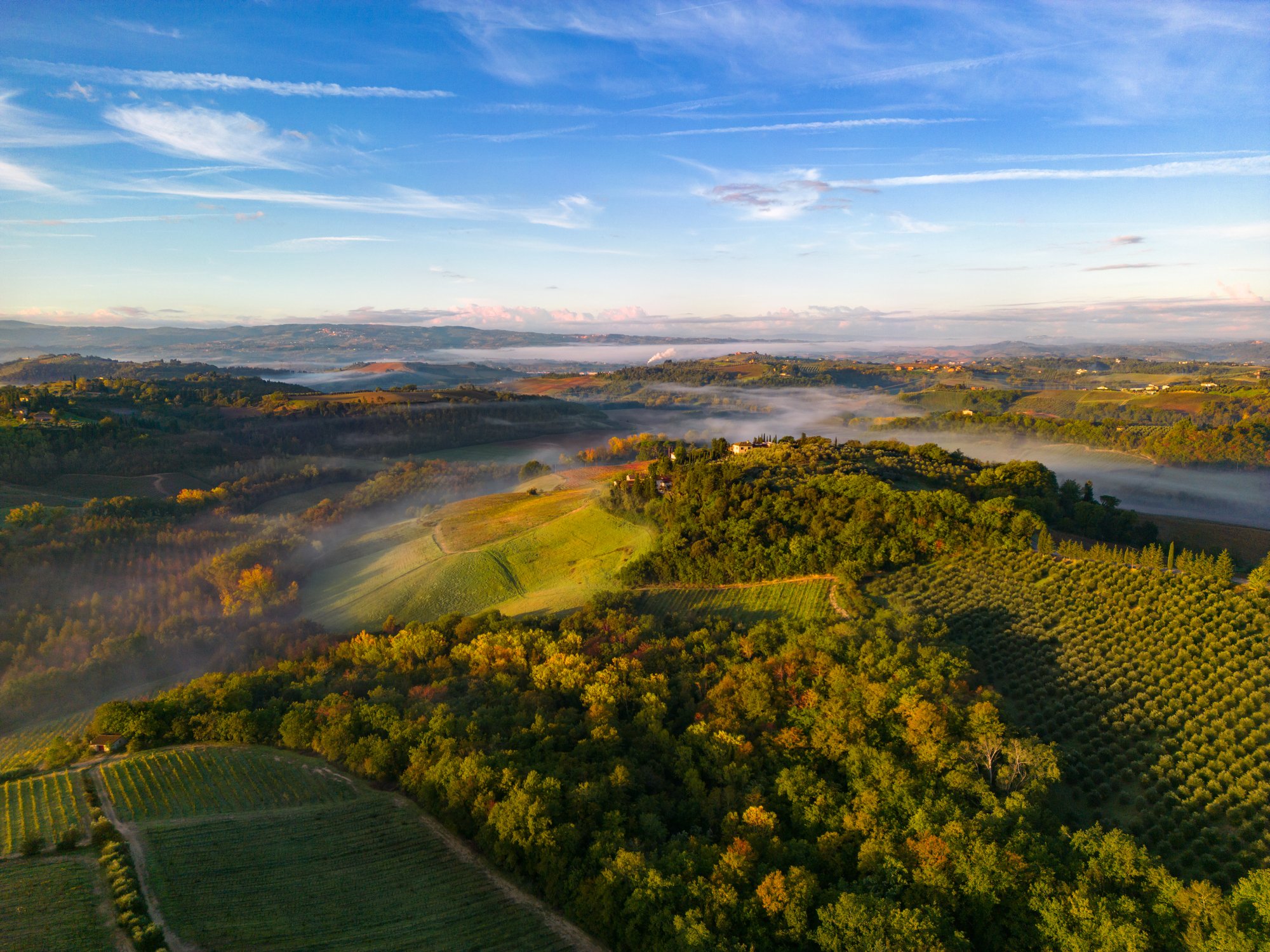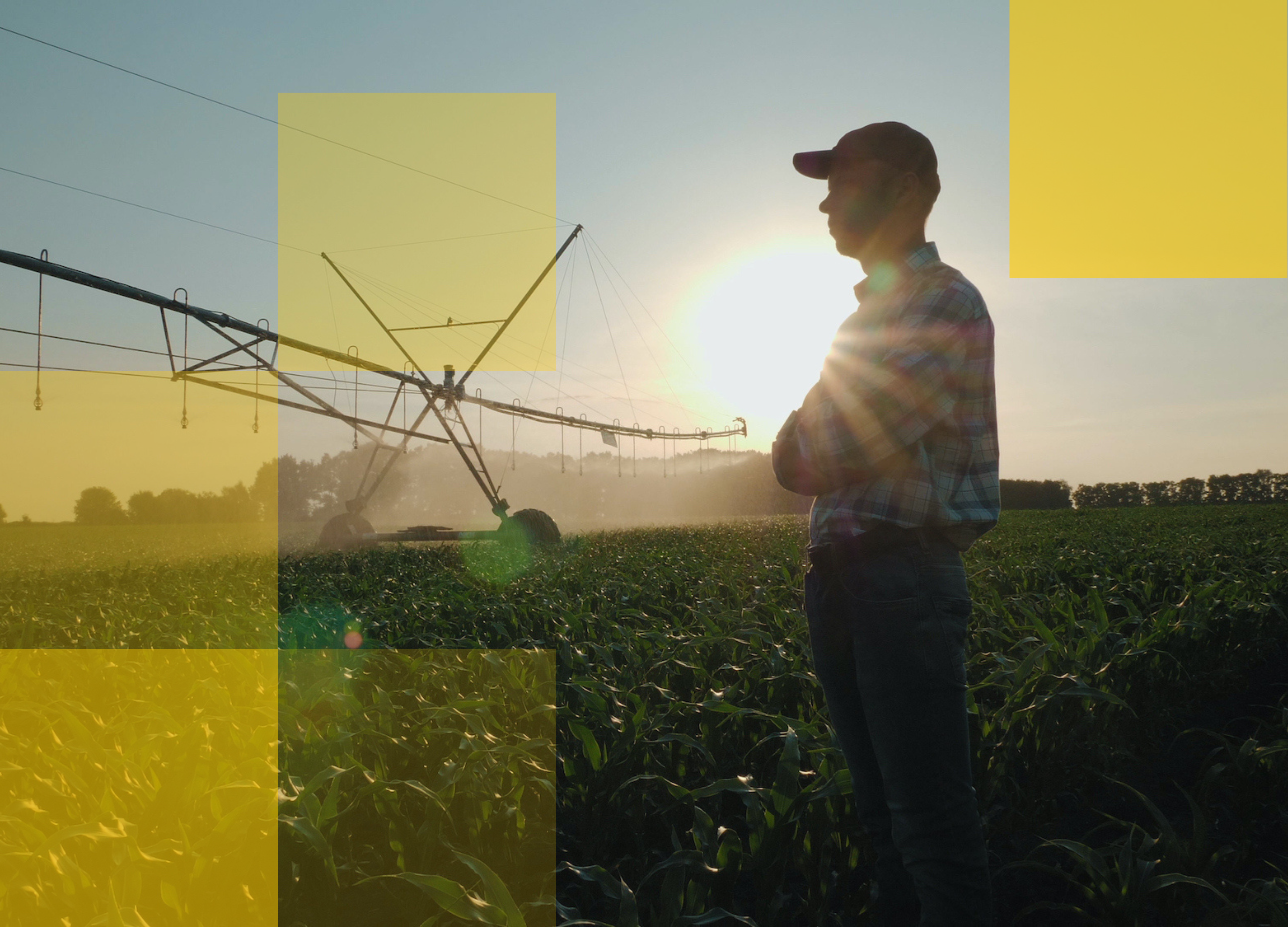SPECIAL REPORT
Increasingly, unpredictable weather poses challenges for crop insurers in managing underwriting and claims. Ceres Imaging has developed unique and cost-effective solutions not replicable by providers that rely solely on satellites or drones.
Get the study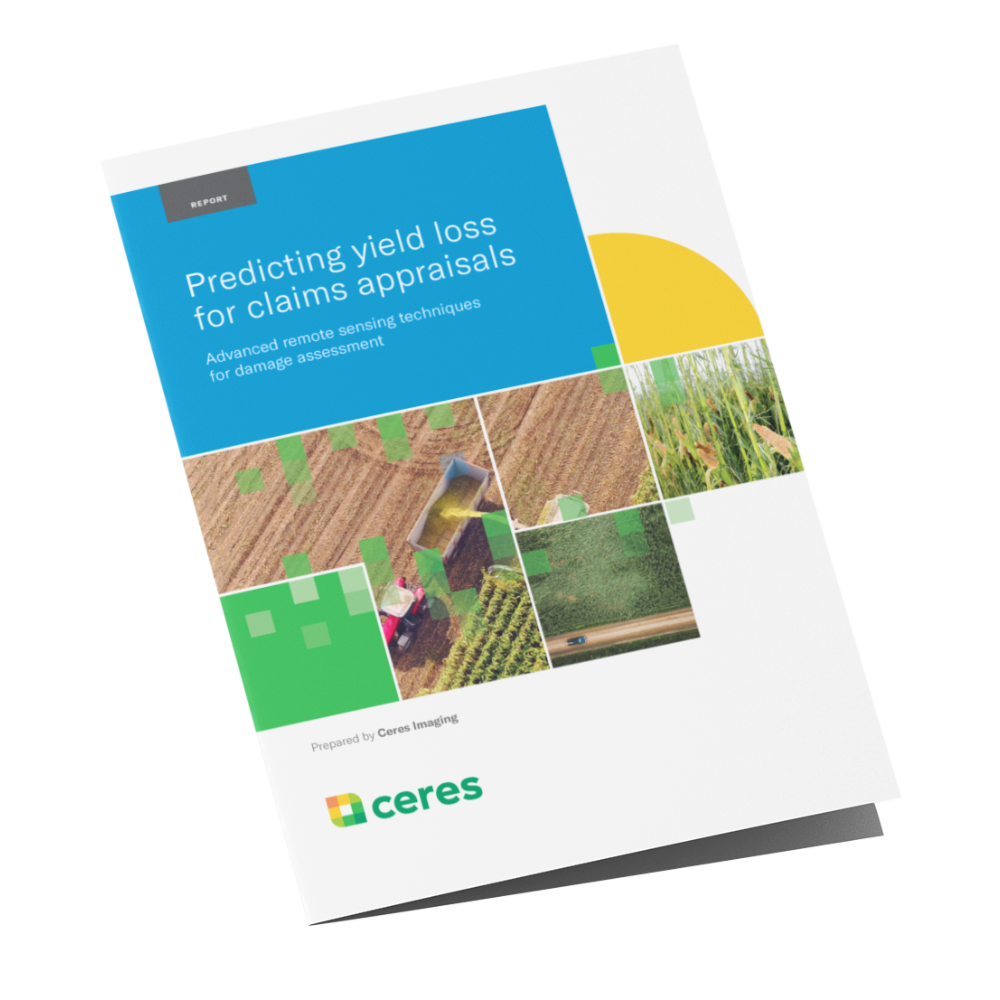
The difference between Ceres Imaging and other technologies I've used is the help I get from their expert team.
With Ceres Imaging we can take a more targeted approach to applying fertilizer and nutrients.
These flights can cover way more ground and provide more insight than a dozen soil moisture probes — and it's cheaper to implement.
The average Ceres Imaging conductance measurement from its imagery over the season has provided the best correlation with applied water.

